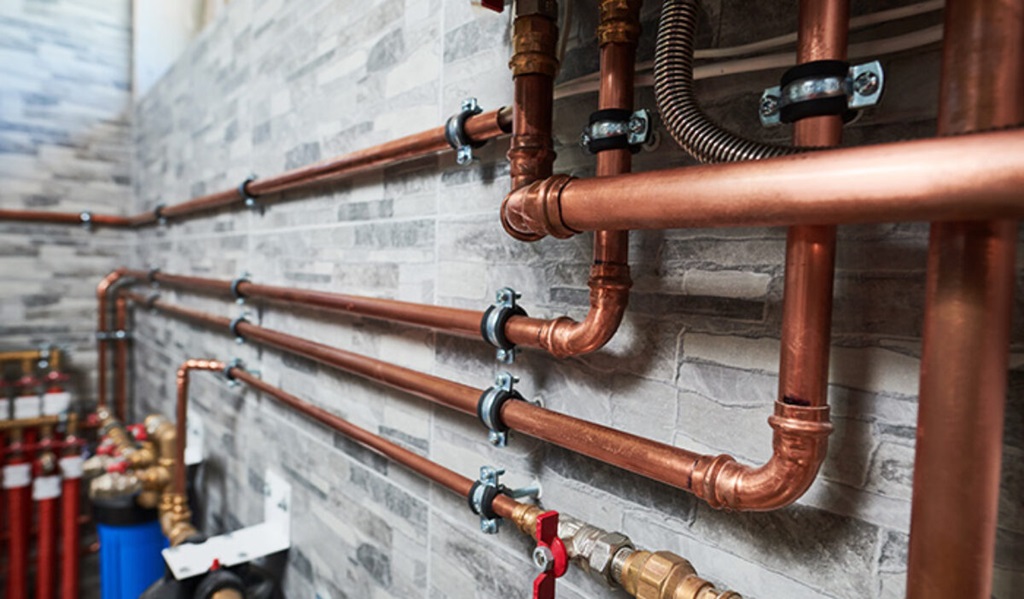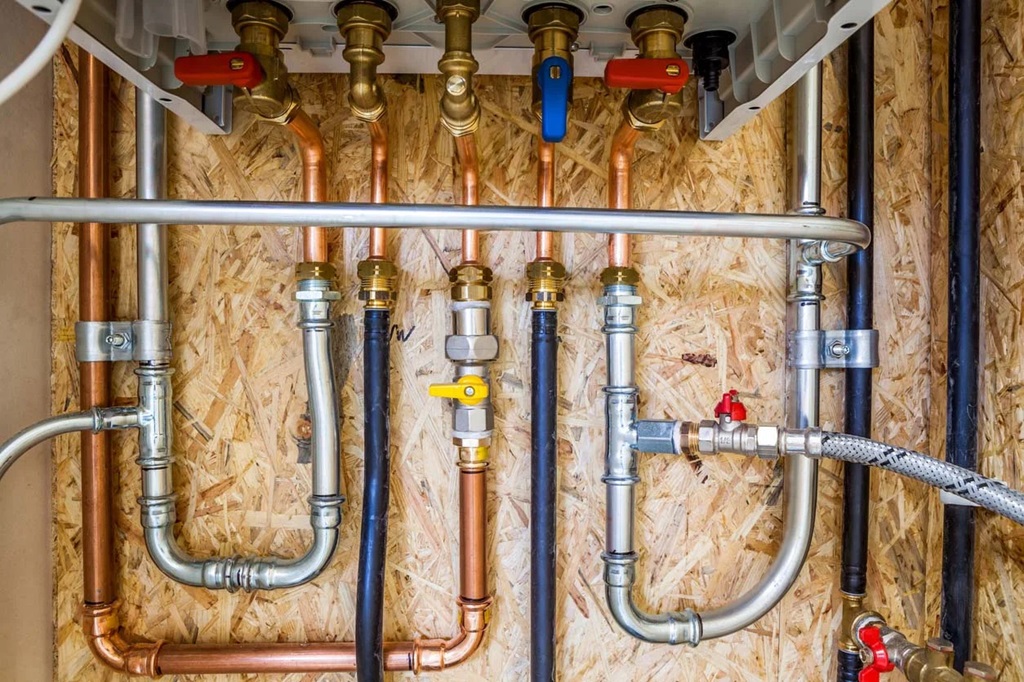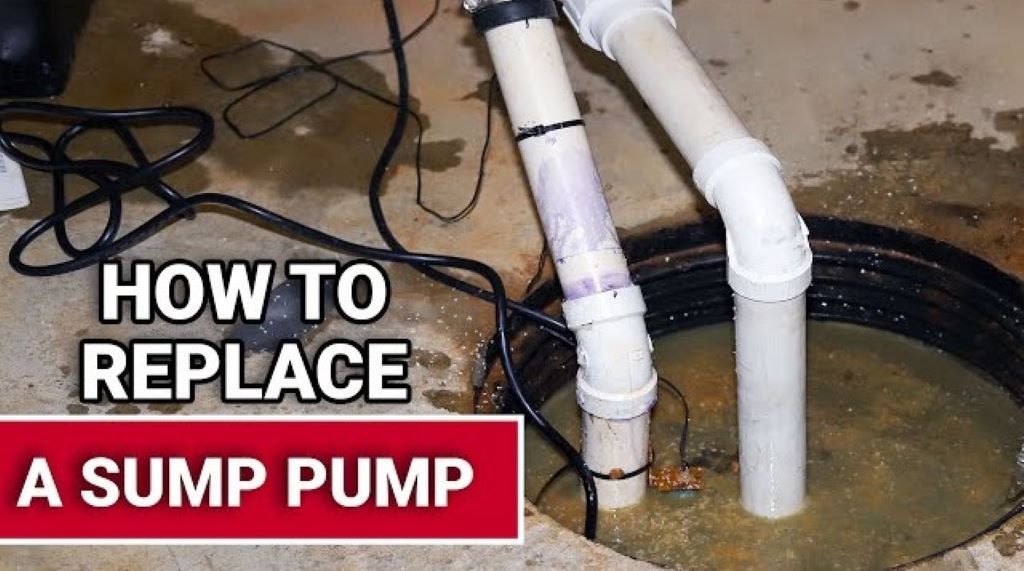Having old or failing pipes in your home can lead to a myriad of problems, from leaking pipes to low water pressure to rusty water. When your plumbing system has seen better days, it may be time to consider repiping your house. Repiping involves replacing all of the water supply pipes in your home to improve water flow and prevent leaks. Here are some of the best practices for repiping a house.
Assess If You Really Need Repiping a House
Before deciding on a full repipe a house, first carefully examine your plumbing to see if selective repairs may be all that’s necessary. Check for sections of pipework with heavy corrosion, leaks, or significant loss of water pressure. If the issues are isolated, you can likely get away with replacing only the problem portions of pipe instead of the entire system.
Full repiping is recommended when plumbing issues are widespread in your home. Here are some signs it’s time for a complete repipe job:
- Frequent leaks in multiple locations
- Low water pressure throughout the house
- Discolored or rusty looking water from the taps
- Excessive mineral deposits or buildup in pipes reducing water flow
If you’re experiencing any combination of the above problems throughout your home’s plumbing network, a full repipe may be in order.
Choose the Right Pipe Material
Repiping provides an opportunity to upgrade and modernize your plumbing system. The two most common options for replacement pipes are copper and PEX (cross-linked polyethylene).
Copper has traditionally been the go-to material for home plumbing. It’s long lasting, resistant to pressure, and has smooth interior walls that resist buildup. The downsides are that copper is expensive and fairly rigid, making installation more labor intensive.
PEX has grown greatly in popularity for repiping homes in recent years. The flexible tubing is easy for plumbers to install quickly in tight spaces. PEX is also freeze-resistant and generally cheaper upfront than copper. Over time though, PEX may be more prone to buildup on interior walls that can impede water flow.
Either copper or PEX will provide an effective and durable piping solution. Make sure any plumbing company you hire has extensive experience with the piping material you choose.
Repipe One Section at a Time

A typical repiping project entails replacing supply pipes for hot and cold water throughout the entire dwelling. To minimize disruption, work with your plumber to repipe one section of your home at a time. Refrain from signing off on any bids that require all piping to be torn out at once.
Here are some tips for phasing a repipe job room-by-room:
- Start with the kitchen or bathrooms – Begin with important water supply lines to essential appliances and fixtures. You can temporarily use other bathrooms while one is being repiped.
- Maintain water access – Keep existing lines operational in areas not yet repiped. Install shut-off valves during the repipe so water can be turned off room-by-room as work progresses.
- Create a repiping sequence – Develop a room-by-room plan for the repipe with your plumber. Work outward from the water heater location to methodically replace pipes section-by-section.
Taking this measured approach minimizes the number of rooms without water at any given time during the repipe project. Be sure to get an itemized estimate from the plumber for each planned phase.
Repipe Before Installing New Fixtures
If you’ll be remodeling bathrooms or kitchens in conjunction with repiping, have the old pipes replaced first. Attempting fixture upgrades while old pipes are still in place can lead to headaches down the road:
- New higher-pressure fixtures can expose flaws in deteriorating old pipes.
- Leaks can develop at the connections between new fixtures and outdated piping.
- You may have to splice pricey new fixtures onto old pipes using transition parts.
New leaks or other issues triggered by installing fancy new fixtures on top of old piping can result in having entire sections repiped twice and brand new fixtures removed unnecessarily. Get the repipe fully completed first before installing any new sinks, tubs, showers, or toilets to avoid extra work. The sound new piping will then support your fresh plumbing fixtures properly.
Replace Connections to Main Water Lines
For a complete repipe job, it’s advisable to replace not just the interior piping, but also any outdated service line connecting the main water supply to your home. Galvanized steel pipes leading from the street to the water meter or main house shut-off valve tend to corrode over decades of use. Switching these to durable PEX or copper ensures fresh, uniform piping throughout the system.
In addition, make sure the water meter itself is up-to-date. Old meters can wear out and no longer record water usage accurately leading to billing errors. Contact your local water company – they will usually replace aging meters for free when plumbing work is being done.
Hire a Reputable Plumber

Repiping an entire house is complex and best left to the pros. Be sure to get quotes from at least 3 plumbers who specialize in whole-house repiping. Look for established local companies with:
- Excellent customer reviews and a solid local reputation.
- Extensive experience successfully repiping homes with copper, PEX, or your chosen pipe type.
- A licensed master plumber who will oversee the work.
- Detailed project timelines and itemized price estimates.
- Promises to handle permitting and inspections for any building code requirements.
Insist on seeing proof of valid licenses, insurance certificates, and references from past repiping customers. Taking the time to hire a truly professional plumber will pay dividends in a smooth, efficient repiping process.
Be Prepared for a Big Job
Repiping a whole house is a major undertaking. Completely replacing the water supply pipes for a 2000 square foot home might take a professional plumbing crew a full week to complete. Factors that add time include:
- Complexity added by multiple floors or a finished basement.
- Accessing pipes buried in walls or under the foundation.
- Rerouting pipes to avoid obstructions like ductwork. This may involve new holes in walls/ceilings.
- Coordinating inspections of the work at various stages as required.
During the repipe, your home will be in a bit of disarray with sections of walls opened up, trenches dug in the basement or crawlspace, pipes and tools scattered around, and workers coming and going. Make preparations to stay elsewhere if possible. If remaining in the home, be ready for noise, dust, and interruptions to water supply.
Be Ready for a Big Bill Too

Repiping a whole house is a major investment, with total costs typically ranging anywhere from $4,000 to $12,000 or more depending on size and complexity of the job. Cost factors include:
- Extent of repiping needed (full repipe vs partial).
- Pipe material chosen (copper vs PEX).
- Accessibility of pipes (more labor if buried in finished walls).
- Degree of demolition/repair work required.
- Local labor rates and material costs.
Get binding all-inclusive estimates from multiple licensed plumbers to find the best value. Also check if any energy efficiency rebates from local utilities apply – new efficient plumbing may qualify. A professional whole house repipe brings years of benefits that outweigh the initial costs.
Conclusion
Repiping your home is a major undertaking that requires assessing if a full repipe is truly necessary, choosing quality materials like PEX or copper, and hiring licensed pros. A new plumbing system can restore proper water flow and pressure, prevent leaks, last for decades, and add value to your house when done right. With good planning and an experienced plumber, you can undergo a repiping project with minimum disruption and enjoy the benefits of fresh plumbing.
Frequently Asked Questions
Q: How do I know if my house needs repiping?
A: Signs your home needs repiping include frequent leaks, low water pressure, discolored water, and excessive buildup in pipes reducing water flow. If these issues are widespread, a full repipe is likely required.
Q: Does home insurance cover house repiping?
A: In some cases, homeowners or flood insurance may provide limited coverage for damage related to leaks from old pipes. But policies generally won’t cover the full cost of proactively repiping an entire house.
Q: Can I repipe my house myself?
A: Repiping a whole house is a large, complex job best left to licensed professional plumbers. Attempting DIY repiping risks creating major water damage if errors are made.
Q: How long does it take to repipe a 2000 sq ft house?
A: For a typical 2000 square foot home, an experienced professional plumbing crew may take 5-7 full working days or more to complete a full repipe throughout the house.
Q: Is PEX or copper better for repiping?
A: Both PEX and copper are excellent, durable piping materials. PEX is generally cheaper and faster to install. Copper offers very smooth interior walls but is costlier and requires more labor.











